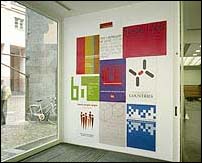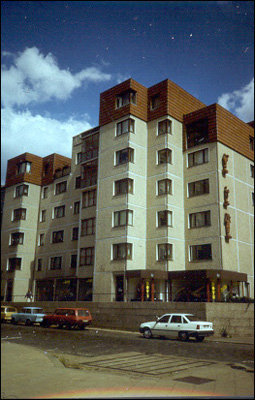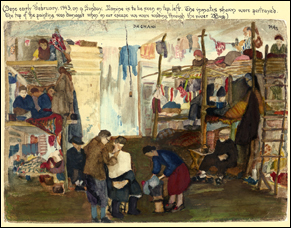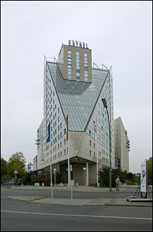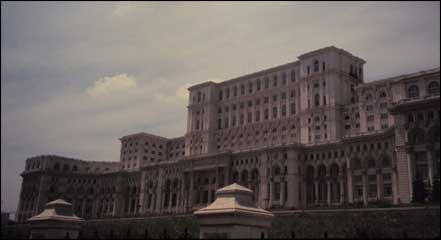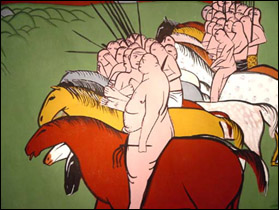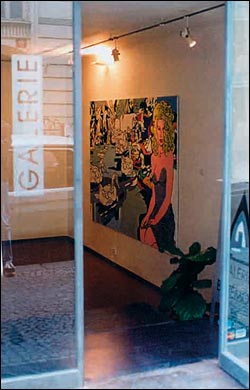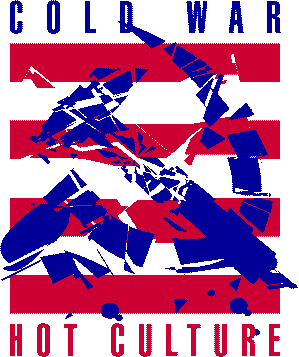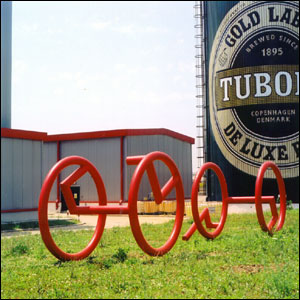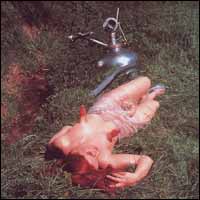Hey You, Hey Europe
Frankensteiner Hof, Frankfurter Kunstverein, Portikus, Städelsches Kulturinstitut Frankfurt – May 25 until August 25, 2002
Manifesta 4. Frankfurt/Main (various locations).
Since its foundation in 1996 Manifesta has been loosely dedicated to defining a “new Europe,” to responding to the new artistic developments in the whole European territory and offering a general idea of both the overall situation and the most outstanding issues and questions of European art, culture, and society.
Nevertheless, only the last installment in Ljubljana (2000), after Rotterdam (1996) and Luxembourg (1998), provided an opportunity for the show to inhabit a city that might actually exemplify such a … Read more

